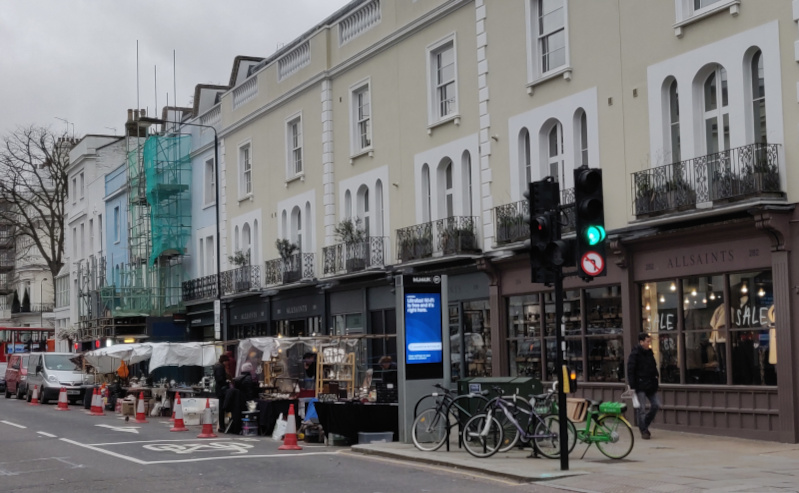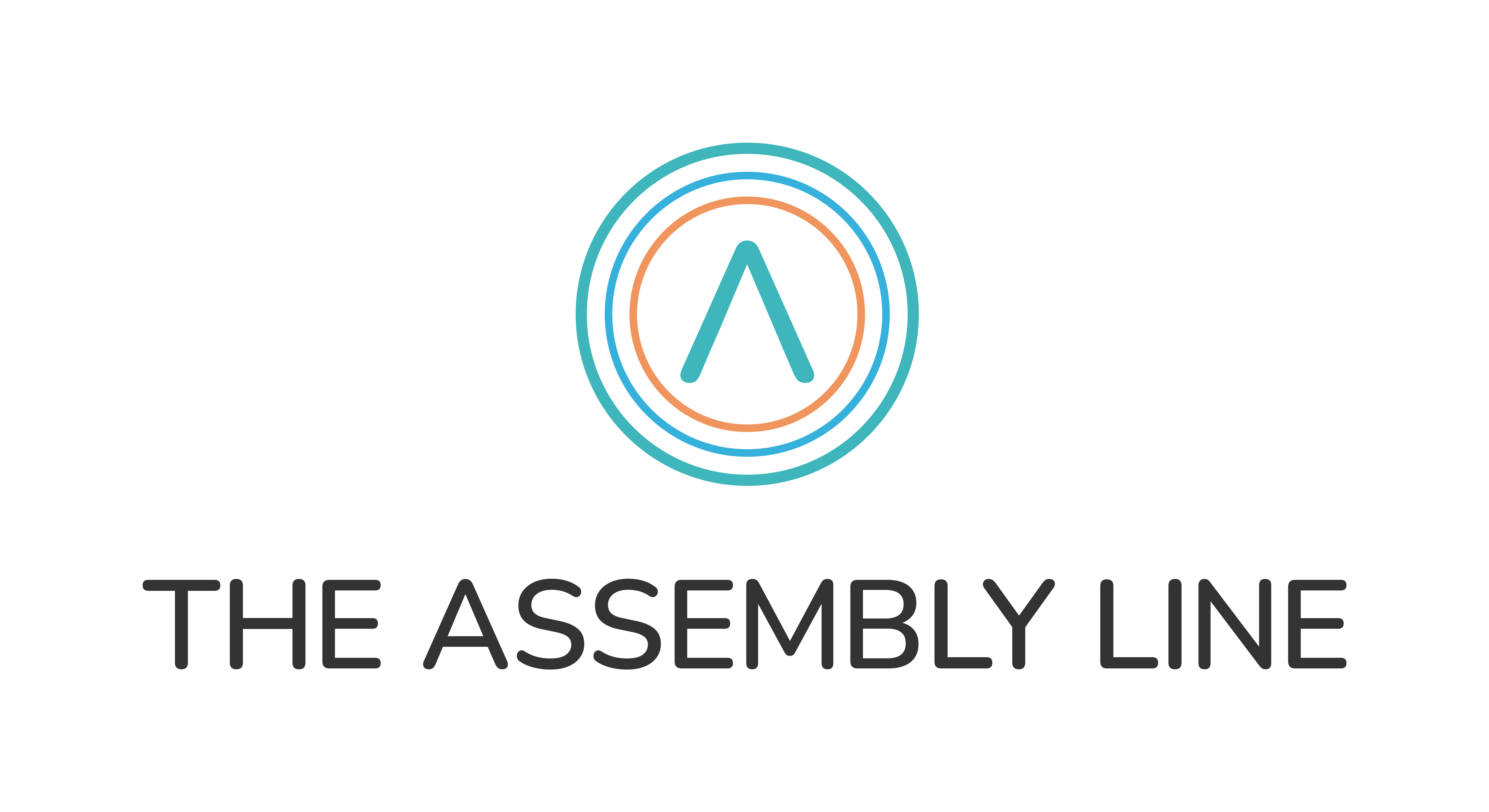
30 Jan Looking back and predictions for the future from BDO’s annual retail trading seminar
This week I attended BDO’s annual retail trading seminar for the first time. Presented by retail partner, Sophie Michael and Richard Lim of Retail Economics, the seminar took an in-depth look at the sector, trends over the past 10 years, Christmas trading and predictions for the next decade.
I’ve included a round-up of the key points below, adding in other research and comments on the sector from my own experience.
The content presented, was broadly aligned with learnings from last weeks’ session at The Institute of Place Management (IPM) (as part of the MSc Place Leadership programme), that addressed how technology and changing consumer behaviour are the biggest factors impacting the sector.
How we shop, interact with retailers (on and offline), our attitudes to sustainability and delivery are forcing change on retailers who, in many cases cannot keep up. Those that can adapt fast are doing well and are predicted to grow, but what we are seeing in the high number of failures, is that those who have been slow to adopt or haven’t changed at all, simply can’t survive. Interestingly, the Centre for Retail Research (CRR) shows that the number of stores closing remained almost the same across 2017, 18 and 19, so while the changes we are seeing have not happened overnight, they have been building year on year.
Between 1988 and 2018, the retail sector grew by acquiring stores and increasing floor space. However, it is now generally agreed that there is too much Retail space, especially on high streets and in town centres. In addition, with the increase in online retail, research from CRR/IPM has shown that retailers with a strong online offer now need approximately 70 high street stores to create a national presence compared to 250 in the mid-2000s. However, this doesn’t mean that there won’t be any new stores in future. The speakers predicted that we can expect retailers to continue to open new stores, but the format of them will change as they transition towards focusing more on customer acquisition and brand building channels, rather than sales (in many ways more akin to a pop-up).
With data showing rental demand being at an all-time low (UK RICS Property Survey), how we repurpose retail space is a big focus, for those places preparing their Future High Street Fund business case.
Christmas trading
We heard how the ‘golden quarter’ had seen both the discounters and premium end of the retail sector perform well. Those who did well included Aldi, Lidl and Boohoo, at the discount end while Selfridges and Fortnum & Mason (with a lot fewer stores) performed well at the premium end. With low consumer confidence and less to spend, it appears that consumers are looking for a bargain/good value or to ‘push the boat out’ on premium products. Other than Next in the mid-tier, others are finding it challenging and there was also discussion on the impact of Black Friday on this quarter.
The next decade
Looking ahead, growth is expected to continue in food, beverage and entertainment. However, with most entertainment spend happening online, retail spending as a proportion of consumer spending is expected to decline faster than in the years before, with Retail Economics predicting a further 4% drop (from 24.2% to 20.2%) between 2016 and 2028.
Five impacts on trends were highlighted for the next 10 years
- A new customer landscape – Customers aged over 65 years, will account for 30% of retail spending (up from 18%). With more money and time than younger age groups and them becoming increasingly tech-savvy, they will be a group that retailers need to pay attention to
- Convenience and affordability – The continued growth of the subscription model (from media streaming to coffee/vegetable boxes and many more commodities and services that can be automated) will impact physical retail space needed
- Health and wellness – The speakers predicted this to be a long-term shift in lifestyle rather than a passing trend
- Sustainable and ethical – The biggest change will come from consumers wanting more knowledge about supply chains and production processes, coupled with an increase in the second-hand clothing market, potentially at the detriment of fast fashion
- Smart and connected – From retailers’ operational models to connected devices (at home) tech will become even more important. The continued use of social media used to tailor messaging and impact demand will see the rise of AI and rollout of 5G.
Aside from these five trends, delivery, data and the customer journey, were also predicted to play a big part in the future of the sector.
We heard that 44% of people would spend more online if delivery was cheaper (Retail Economics), yet how does this fit with sustainability and the ‘last mile’ conversation. For example, while parts of central London are now closed to cars they can be at a standstill with delivery vans. Is increased click and collect both instore or using lockers such as those by Amazon or UPS or establishing neighbourhood hubs the answer to reducing the number of delivery vans (and what of the impact on jobs in the courier/delivery sector)?
In terms of data and customer journey, Next was used as an example of understanding the customer touchpoints. With its growth now coming from online (and not physical stores), their data tells them that 50% of online orders are now ‘click and collect’, and 80% of returns go to a store, creating multiple points to interact with their customer and shows the role of the store in the transaction.
As many of us know, there is no quick fix to the current state of the retail sector but there is an opportunity. The sector is facing a challenging time as it no longer meets consumer needs. If it uses this period of upheaval to understand consumer behaviour and look ahead, then there is every chance that we will have high streets and town centres that serve people better and empty units that become mixed-use. A change in message amongst the media, (in line with these being societal changes) rather than the regular ‘doom and gloom’ stories would also support change.
Finally, there has been little mention of recruitment and training and positioning in the retail sector (in its current or future shape) as being a place to build a career. Perhaps if we can rebuild pride in the sector that will deliver a better customer experience and increase brand loyalty.
This was a really interesting seminar and prompted more thinking about how the sector will adapt to the future. BDO’s Retail Forecast Report is available to download on their website.

